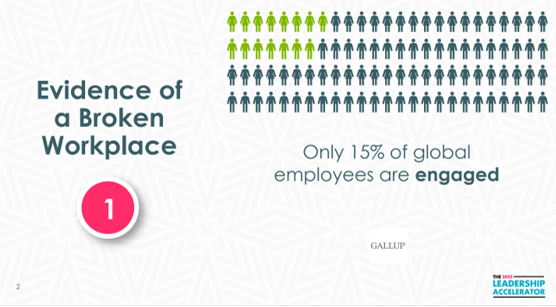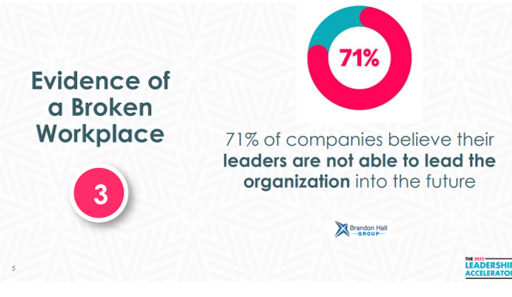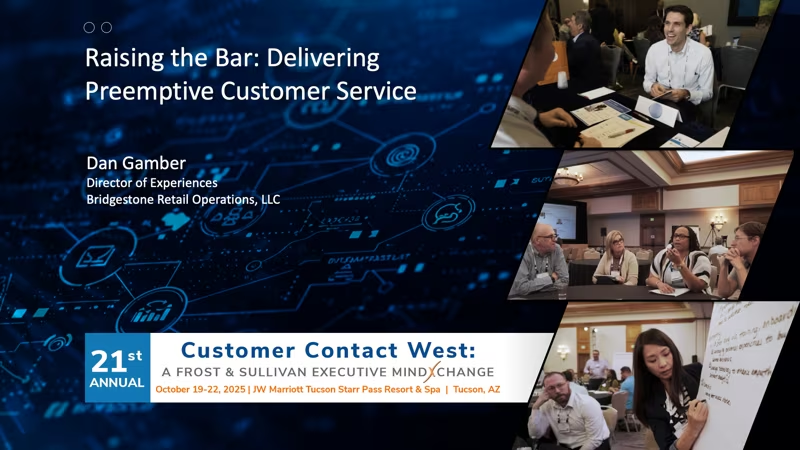Today, transformative skill sets are needed to build teams that are cohesive, productive, profitable and happy. (Not necessarily in that order). If you have blind spots, you, your team, and your organization will struggle to thrive in a business climate that is constantly changing.
Technology advances require agility. Remote and gig workers demand trust. Strategy execution is dependent on stakeholder alignment. Employee experience is driven by the culture managers and leaders create and nurture. To increase the likelihood of success, managers and team leaders should ask themselves the following key questions:
- What problems are we solving?
Problem definition is critical. Defining the problems your company and its product or service is solving, and using this knowledge to help shape the company vision and employee focus is always important. Ask: what’s valuable to our customers? Most organizations need a greater focus on creating value. Unfortunately, studies show that many employees spend 40-70% of their time on busy work. Leaders of smart enterprises will identify and prioritize the skill sets needed to execute company strategy — and bring customer value that differentiates the organization from the competition.

- How can we increase psychological safety for employees?
Psychological safety is the belief that you won’t be punished or humiliated for speaking up with ideas, questions, concerns, or mistakes. 1 Employees who don’t feel psychologically safe will be less productive. Not feeling psychologically safe undermines trust. In fact, according to recent research by Edelman, 82% of employees don’t trust their boss to tell the truth. And a whopping 75% of Americans say that their boss is the most stressful part of their day.2 Although managers and leaders can’t always share everything, they can foster an environment of trust and communicate honestly and clearly with their employees on a regular basis.

- Is the organization aligned?
Lack of employee engagement and organizational alignment can affect whether organizational goals are achieved. Often, leaders, managers and employees believe they are working towards the same goal, but in reality, they are not in alignment. For example, colleagues may have a meeting and think they are aligned on next steps or tactics, but may “hear” things differently and go off in a different direction than the one discussed. This can occur if business objectives and priorities aren’t consistently communicated and repeated.
Even senior executives may not understand that they need to have critical strategy conversations over and over again, quarterly or even monthly. And they may fail to put together a detailed strategic plan. As corporate agility is increasingly necessary in our dynamic business environment, it’s more important than ever that managers and their teams are aligned and able to pivot quickly and effectively.
Michael O. “Coop” Cooper is an executive coach with 24 years of experience helping mid-stage and high-growth companies shape their cultures and develop the leadership skills required for revenue growth and scaling. Learn more and connect with Coop on LinkedIn.
1 https://www.ccl.org/articles/leading-effectively-articles/what-is-psychological-safety-at-work/
2 McKinsey & Company.



